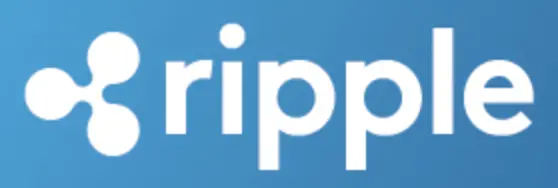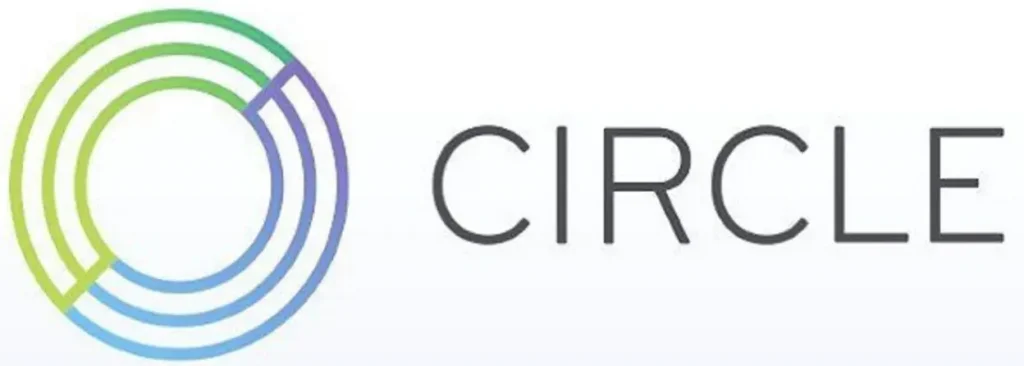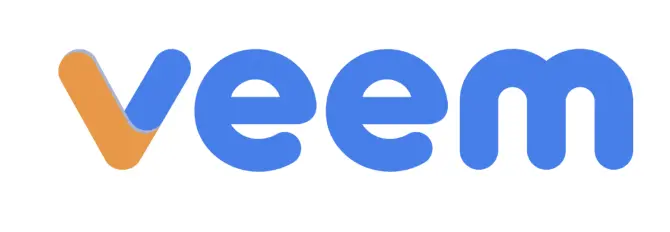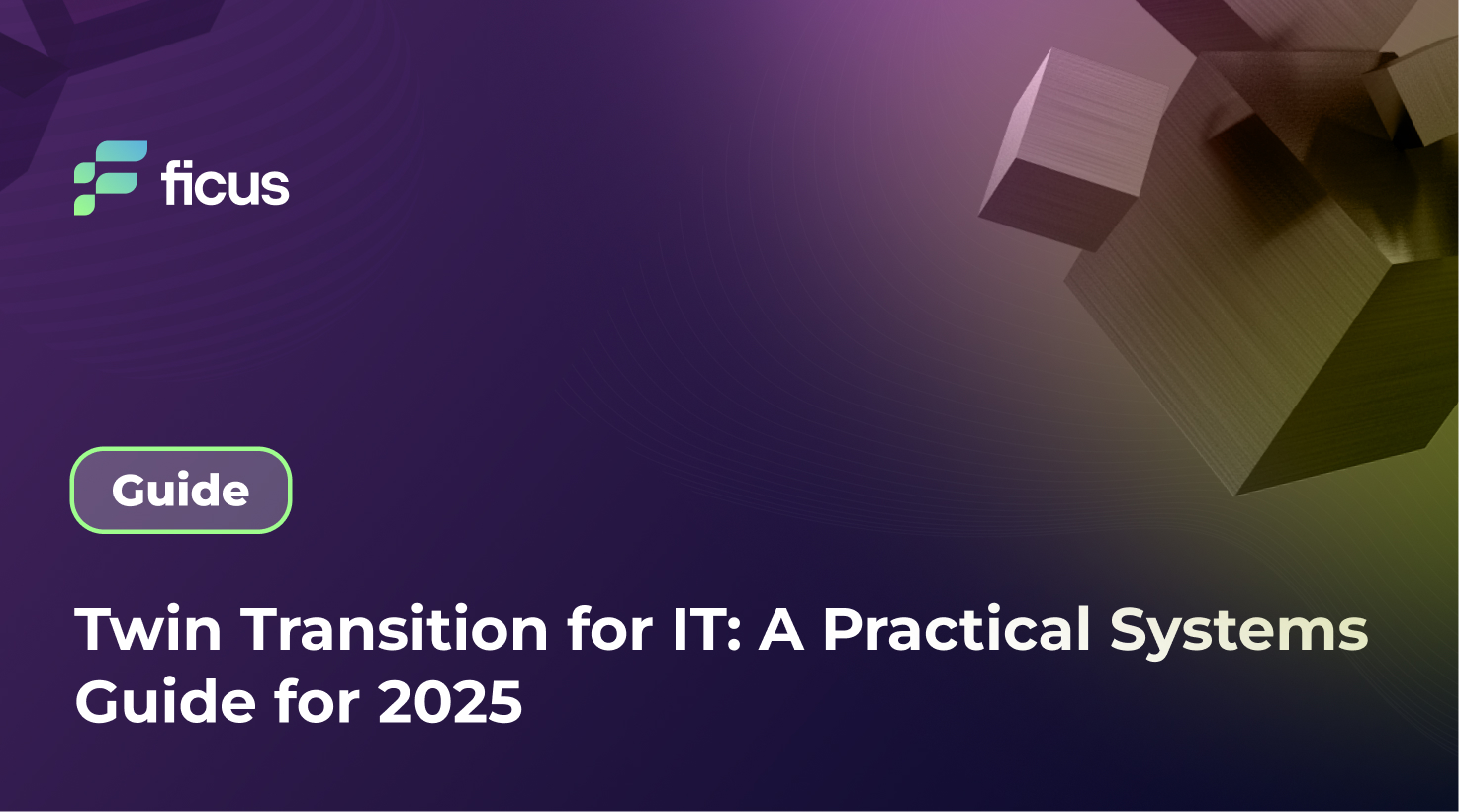In the ever-evolving landscape of financial technology, blockchain has emerged as a revolutionary force, fundamentally reshaping how financial services are delivered and consumed. This distributed ledger technology, known for its ability to enhance transparency, security, and efficiency, is becoming integral to fintech apps. Businesses are recognizing blockchain’s potential to streamline operations, reduce costs, and eliminate the need for intermediaries, thereby optimizing the entire financial ecosystem.
The adoption of blockchain in fintech is accelerating at an unprecedented rate. According to recent statistics, over 60% of financial institutions have either adopted blockchain or are exploring its potential for their operations. The global blockchain in fintech market is projected to grow at a compound annual growth rate (CAGR) of 43.6% from 2021 to 2028, reaching an estimated value of $36.04 billion by 2028. This rapid growth highlights the increasing reliance on blockchain technology to enhance the efficiency, security, and transparency of financial transactions. For those interested in exploring how blockchain can be harnessed for these purposes, Ficus Technologies offers specialized Blockchain Software Development to help integrate this transformative technology into your fintech applications.
- Blockchain enhances fintech app security, transparency, and efficiency.
- Integration reduces transaction costs and minimizes identity theft risks.
- Blockchain enables global payments and simplifies regulatory compliance.
How Does Blockchain Relate to Fintech?
Blockchain technology operates on the principles of a decentralized ledger that records transactions across a network of computers, ensuring that every participant has an identical copy of the data. This chain of blocks is cryptographically secured, making it nearly impossible to alter information without detection. The transparency, immutability, and security offered by blockchain are key features that make it an ideal fit for financial applications, where trust and accuracy are paramount.

How Blockchain Technology Specifically Applies to the Fintech Industry
In the fintech industry, blockchain is utilized to revolutionize various aspects of financial services. By removing the need for intermediaries, blockchain allows for direct transactions between parties, significantly reducing transaction costs and processing times. Smart contracts, a notable blockchain innovation, automate and enforce agreements without human intervention, minimizing the risk of fraud. Blockchain also enhances privacy and data security by providing a secure, decentralized system for storing and transferring sensitive financial information.
Key Fintech Areas Where Blockchain Is Making an Impact
Blockchain is making a significant impact across several key areas within fintech:
- Payments and Transactions: Blockchain enables faster, more secure, and cost-effective cross-border payments by eliminating the need for traditional banking intermediaries.
- Smart Contracts: These self-executing contracts automate processes and ensure that all parties adhere to agreed-upon terms, reducing the potential for disputes.
- Decentralized Finance (DeFi): DeFi platforms leverage blockchain to offer financial services like lending, borrowing, and trading without centralized institutions.
- Identity Verification: Blockchain enhances identity verification processes by providing a secure and immutable record of individuals’ credentials, reducing fraud.
- Supply Chain Finance: Blockchain’s transparency allows for real-time tracking and verification of goods and financial flows, improving the efficiency of supply chain financing.
How Blockchain Revolutionizes the Financial Services Sector
Blockchain technology is fundamentally reshaping the landscape of traditional financial services. By introducing a decentralized and immutable ledger system, blockchain reduces the need for intermediaries, enabling more direct and transparent interactions between participants.
Blockchain’s impact on financial services is most apparent in several key areas:
- Payments: Blockchain enables instant, low-cost, cross-border payments by eliminating the need for intermediaries like banks and payment processors. This is particularly beneficial for businesses engaged in international trade, where traditional payment systems can be slow and expensive.
- Lending: Through blockchain, peer-to-peer lending platforms can offer secure, transparent loans without involving traditional financial institutions. Smart contracts automate the lending process, ensuring that terms are met and funds are disbursed or reclaimed based on predefined conditions.
- Insurance: Blockchain enhances the insurance industry by providing transparent, tamper-proof records of policyholder information and claims. Smart contracts can automate claim processing, reducing the time and cost associated with manual verification and payment.
- Asset Management: Blockchain allows for the tokenization of assets, enabling fractional ownership and easier transfer of assets like real estate, stocks, and bonds. This innovation provides greater liquidity and access to markets that were previously difficult to enter.
Examples of How Blockchain Is Improving Transparency, Security, and Speed in Financial Transactions
The benefits of blockchain are vividly illustrated in real-world examples:
- Transparency: In supply chain finance, companies like IBM are using blockchain to provide real-time visibility into the movement of goods and funds, ensuring that all parties have access to the same information and reducing the risk of disputes.
- Security: Financial institutions like JPMorgan Chase have adopted blockchain to secure transactions and protect sensitive data through encryption and decentralization. This reduces the likelihood of cyberattacks and data breaches.
- Speed: Ripple, a blockchain-based payment protocol, enables real-time cross-border transactions, significantly faster than traditional bank transfers, which can take several days. This speed is critical for businesses that require timely payment processing.
Anything that can conceive of as a supply chain, blockchain can vastly improve its efficiency- it doesn’t matter if its people, numbers, data, money.
Ginni Rometty
Benefits of Integrating Blockchain in Fintech Apps
Integrating blockchain into fintech apps offers numerous advantages that can significantly enhance the functionality and competitiveness of financial services:
- Enhanced Security: Blockchain’s decentralized structure ensures that data is stored across multiple nodes, making it extremely difficult for hackers to compromise the entire system. Transactions are encrypted and linked to previous blocks, providing a secure and tamper-proof environment.
- Cost Reduction: By eliminating intermediaries and automating processes through smart contracts, blockchain reduces the costs associated with transaction processing, compliance, and record-keeping. This cost efficiency can be passed on to customers, making services more affordable.
- Increased Efficiency: Blockchain streamlines complex financial processes, such as cross-border payments and trade finance, by automating tasks that traditionally require manual intervention. This increases operational efficiency and reduces processing times from days to minutes.
- Improved Transparency: Blockchain’s immutable ledger allows all participants to view and verify transactions, ensuring that all parties have access to the same data. This transparency builds trust and reduces the risk of fraud or manipulation.
- Decentralization: Blockchain removes the need for centralized authorities, enabling peer-to-peer transactions and reducing the risk of single points of failure. This decentralization fosters greater resilience and reliability in financial systems.
Challenges and Limitations of Blockchain for Fintech Apps
While blockchain offers substantial benefits, businesses must navigate several challenges when integrating this technology into their fintech apps:
- Regulatory Hurdles: The regulatory environment for blockchain is still evolving, with laws and guidelines varying significantly across jurisdictions. Businesses may face uncertainty and legal complexities when implementing blockchain solutions, particularly in highly regulated industries like finance.
- Scalability Issues: Blockchain networks can struggle with scalability, particularly as transaction volumes increase. This can lead to slower processing times and higher costs, which may limit the technology’s effectiveness in high-transaction environments.
- High Initial Costs: Implementing blockchain requires significant upfront investment in technology, development, and expertise. For smaller businesses, these costs can be prohibitive, making it challenging to compete with larger players who have more resources.
- Complexity in Implementation: Blockchain technology is complex, requiring specialized knowledge for successful implementation. Businesses may need to invest in training or hire external experts to manage the development and integration process.
Suggestions on How Businesses Can Overcome These Challenges
To overcome the challenges of integrating blockchain in fintech, businesses should take several strategic steps. First, engaging with legal experts is crucial for navigating the complex regulatory landscape, and ensuring compliance with both local and international laws. Keeping up-to-date with regulatory developments allows businesses to adapt swiftly and avoid legal issues. For scalability, exploring layer 2 solutions or hybrid blockchain models can be effective, as these approaches enhance scalability without sacrificing security, helping to manage transaction volumes efficiently. In terms of cost management, a phased implementation strategy can ease financial pressure. Starting with pilot projects allows businesses to test blockchain solutions on a smaller scale before committing to full deployment. Finally, partnering with experienced blockchain developers or consultants can be invaluable. Their expertise can simplify the implementation process, reducing complexity and mitigating risks, ensuring a smoother integration of blockchain technology into fintech applications.
Ready to revolutionize your fintech app with blockchain integration?
Contact UsSteps to Integrate Blockchain into Fintech Apps
Successfully integrating blockchain into fintech apps requires a systematic approach. Here’s a step-by-step guide:
Identify the Right Use Case for Blockchain
Before implementation, it’s crucial to identify where blockchain can add the most value. Businesses should assess their operations to pinpoint processes that could benefit from enhanced security, transparency, or efficiency. Whether it’s improving payment systems, automating contracts, or securing data, the chosen use case should align with the company’s strategic goals.
Choose the Appropriate Blockchain Platform
Selecting the right blockchain platform is critical. Businesses should evaluate platforms based on factors such as scalability, security features, and ease of integration with existing systems. Popular options include Ethereum for smart contracts, Ripple for payments, and Hyperledger for enterprise solutions. The choice of platform should be guided by the specific requirements of the use case.
Design and Develop the Blockchain Solution
Once the platform is chosen, the next step is to design the blockchain solution. This involves creating the architecture, developing smart contracts, and integrating the blockchain with other systems. It’s important to work closely with developers during this stage to ensure that the solution is tailored to meet business needs.
Test and Deploy the Blockchain Integration
Before going live, the blockchain solution should undergo rigorous testing to identify and fix any issues. This includes stress testing the system to ensure it can handle the expected transaction volumes and security testing to safeguard against potential threats. Once testing is complete, the solution can be deployed, initially in a controlled environment before full-scale rollout.
Continuous Monitoring and Optimization
After deployment, ongoing monitoring is essential to ensure the blockchain solution operates smoothly. Businesses should regularly review performance metrics, security logs, and user feedback to identify areas for improvement. Continuous optimization will help maintain the system’s efficiency, security, and relevance as the business evolves.
Examples of Blockchain in Fintech Apps
Exploring how to integrate blockchain into financial technologies showcase transformative impacts. Blockchain integration offers unparalleled security and efficiency, reshaping how transactions are processed.
Ripple

Ripple is a blockchain-based payment protocol and network that facilitates fast, low-cost, and secure cross-border transactions. Unlike traditional financial systems, Ripple enables real-time settlement of transactions by using its digital currency, XRP, as a bridge currency. This system significantly reduces the time and cost associated with international transfers, making it a preferred choice for financial institutions and payment providers.
Key Features That Make Ripple a Preferred Choice for Financial Institutions
Ripple offers several features that make it attractive to financial institutions:
- Real-Time Settlement: Ripple processes transactions in seconds, compared to the days required by traditional banking systems.
- Low Transaction Costs: By eliminating intermediaries, Ripple reduces the fees associated with cross-border payments, making it more cost-effective.
- Scalability: Ripple’s network can handle high transaction volumes, making it suitable for both large and small financial institutions.
- Liquidity Management: Ripple’s protocol supports on-demand liquidity, which helps manage currency fluctuations and reduce operational costs.
Pricing Model and How Businesses Can Leverage Ripple
Ripple’s pricing model is based on transaction fees that are typically lower than traditional payment systems. Businesses can leverage Ripple by integrating its payment solution into their financial systems to enhance the efficiency and speed of cross-border transactions. Ripple’s technology also allows for seamless integration with existing banking infrastructures, making it a flexible solution for institutions looking to modernize their payment processes.
Circle

Circle is a global financial technology firm that has gained prominence for its USDC stablecoin, a blockchain-based digital dollar pegged to the US dollar. USDC is designed to provide a stable, transparent, and secure means of transferring value on the blockchain. Circle’s platform supports a wide range of financial services, including payments, trading, and lending.
Key Features That Enhance Blockchain-Based Financial Transactions
Circle’s USDC offers several key features:
- Stability: Being pegged to the US dollar, USDC provides a stable value, reducing the volatility often associated with cryptocurrencies.
- Transparency: Circle maintains full transparency regarding the backing and reserves of USDC, enhancing trust and compliance.
- Instant Settlement: Transactions with USDC are settled instantly, allowing for real-time payments and improved liquidity.
Pricing Structure and Integration Possibilities
Circle charges transaction fees based on the volume and type of transaction, which are generally lower than traditional financial services. Businesses can integrate USDC into their platforms to offer stable, efficient payment solutions and enhance their digital asset offerings. The stablecoin’s compatibility with various blockchain networks also facilitates its adoption across different fintech applications.
Chainlink

Chainlink is a decentralized oracle network that connects smart contracts with real-world data. By providing reliable and tamper-proof data feeds, Chainlink enables smart contracts to execute based on accurate, external information. This capability is crucial for various blockchain-based applications that require real-time data to function correctly.
Key Features That Support Smart Contracts and Secure Data Feeds
Chainlink offers several features that support its role in blockchain applications:
- Decentralization: Chainlink’s network of independent oracles ensures that data feeds are secure and resistant to manipulation.
- Data Integrity: Chainlink provides high-quality data from reputable sources, ensuring the accuracy and reliability of smart contract operations.
- Flexible Integration: Chainlink supports various blockchain platforms and smart contract use cases, making it a versatile solution for different applications.
Pricing and Potential Use Cases in Fintech Applications
Chainlink’s pricing model involves fees for data queries and network usage. Businesses can leverage Chainlink to enhance the functionality of their smart contracts, particularly in applications such as decentralized finance (DeFi), insurance, and asset management. By integrating Chain
link, companies can ensure that their smart contracts operate based on accurate and timely data, which is essential for applications like automated trading, insurance claims processing, and more.
Veem

Veem is a global payment platform that leverages blockchain technology to streamline international transactions for businesses. By using a distributed network, Veem eliminates the need for traditional intermediaries, resulting in faster and more cost-effective cross-border payments. The platform is designed to handle transactions in multiple currencies and provides businesses with a secure and transparent payment solution.
Key Features That Streamline International Payments for Businesses
Veem offers several features that enhance the efficiency of international payments:
- Multi-Currency Support: Veem supports transactions in various currencies, allowing businesses to make and receive payments globally without dealing with multiple banks.
- Cost Efficiency: By removing intermediaries, Veem reduces transaction fees and offers competitive pricing, making international payments more affordable.
- Security: Veem employs blockchain technology to ensure that transactions are secure and transparent, reducing the risk of fraud and errors.
Pricing Details and Business Advantages of Using Veem
Veem’s pricing is generally based on a per-transaction fee, which is typically lower than traditional banking fees. Businesses can benefit from Veem’s global reach, cost-effective payment solutions, and enhanced security features. Integrating Veem into financial operations allows companies to streamline their international transactions, improve cash flow, and reduce operational complexities.
Celsius Network

Celsius Network is a blockchain-based platform that provides lending and borrowing services using digital assets. It offers users the opportunity to earn interest on their cryptocurrency holdings and access loans by collateralizing their digital assets. Celsius Network leverages blockchain technology to deliver transparent, efficient, and secure financial services.
Key Features That Attract Both Borrowers and Lenders in the Fintech Space
Celsius Network provides several features that appeal to both borrowers and lenders:
- Interest Earnings: Users can earn interest on their cryptocurrency deposits, providing an additional revenue stream for investors.
- Flexible Loans: Borrowers can access loans using their digital assets as collateral, allowing them to obtain liquidity without selling their holdings.
- Transparency: Celsius Network operates with full transparency, offering users clear information about interest rates, fees, and terms.
Pricing Model and Business Applications
Celsius Network’s pricing model includes interest rates on loans and earnings on deposits. The platform charges competitive fees and offers attractive interest rates for users. Businesses can leverage Celsius Network’s services to manage digital assets more effectively, access liquidity, and earn returns on their investments. By integrating Celsius Network, companies can enhance their financial flexibility and optimize their asset management strategies.
What is the Future of Blockchain in Fintech?
The future of blockchain in fintech is promising, with several emerging trends shaping the industry:
- DeFi Expansion: Decentralized finance (DeFi) is rapidly growing, offering financial services like lending, borrowing, and trading without traditional intermediaries. Blockchain’s role in DeFi is crucial for providing transparency, security, and efficiency.
- Integration with AI and IoT: Blockchain technology is increasingly being combined with artificial intelligence (AI) and the Internet of Things (IoT). This integration enhances data security, automates processes, and improves decision-making in financial applications.
- Regulatory Advances: As blockchain adoption increases, regulatory frameworks are evolving. Future regulations will likely provide clearer guidelines for blockchain applications in fintech, fostering innovation while ensuring compliance.
- Blockchain as a Service (BaaS): More fintech companies are turning to Blockchain as a Service, allowing them to leverage blockchain technology without the need for in-house expertise. BaaS providers offer scalable and customizable blockchain solutions.
Upcoming Innovations and Their Potential Influence on Big Businesses
Upcoming innovations in blockchain technology are expected to have a significant impact on big businesses:
- Tokenization of Assets: The tokenization of real-world assets like property, stocks, and commodities will streamline trading and investment processes. Blockchain will provide a secure and transparent way to manage these digital assets.
- Cross-Border Payments: Continued advancements in blockchain will further revolutionize cross-border payments, reducing costs and increasing speed. Enhanced solutions will make international transactions more accessible and efficient for businesses of all sizes.
- Enhanced Privacy Solutions: Innovations in privacy-preserving blockchain technologies will offer more robust solutions for sensitive financial data. These advancements will address privacy concerns while maintaining transparency and security.
Final Words
Blockchain technology is revolutionizing the fintech industry by offering innovative solutions that enhance security, efficiency, and transparency. As blockchain continues to evolve, its impact on financial services will grow, providing new opportunities for businesses to integrate blockchain into fintech apps. This integration strengthens transaction security through its decentralized nature, making data breaches significantly more difficult. It also ensures transparency, as each transaction is recorded on a distributed ledger accessible to all relevant parties, fostering trust among users. By incorporating blockchain, fintech apps can streamline processes, reduce intermediaries, lower transaction fees, and enhance efficiency through automated contracts and transactions.
For businesses looking to integrate blockchain into their financial applications, Ficus Technologies offers expert development services to facilitate this process. Specializing in blockchain integration, Ficus Technologies helps businesses implement robust solutions to secure transactions and automate processes.
To learn more about how Ficus Technologies can assist you with blockchain integration, visit our contact page. Our team is ready to provide the expertise and support you need to take advantage of blockchain technology in your fintech applications.
Fintech application development involves creating software solutions that deliver financial services or tools using advanced technology. This can range from mobile banking apps and payment systems to investment platforms and blockchain-based solutions. The goal is to enhance financial transactions and services through innovation and technology.u003cbru003e
The fintech app development process typically begins with identifying business needs and defining the app’s features and functionalities. This is followed by designing the user interface and user experience, developing the app’s backend and front end, and integrating necessary financial services and technologies. Testing is then conducted to ensure functionality and security, followed by deployment and ongoing maintenance to address any issues and implement updates.u003cbru003e
The cost of developing a fintech app can vary widely depending on factors such as the app’s complexity, features, and the development team’s location. Generally, the cost can range from tens of thousands to several hundred thousand dollars. Factors influencing the cost include the integration of advanced technologies, regulatory compliance, and security measures. For a more accurate estimate, it’s advisable to consult with a development firm to discuss specific project requirements.








